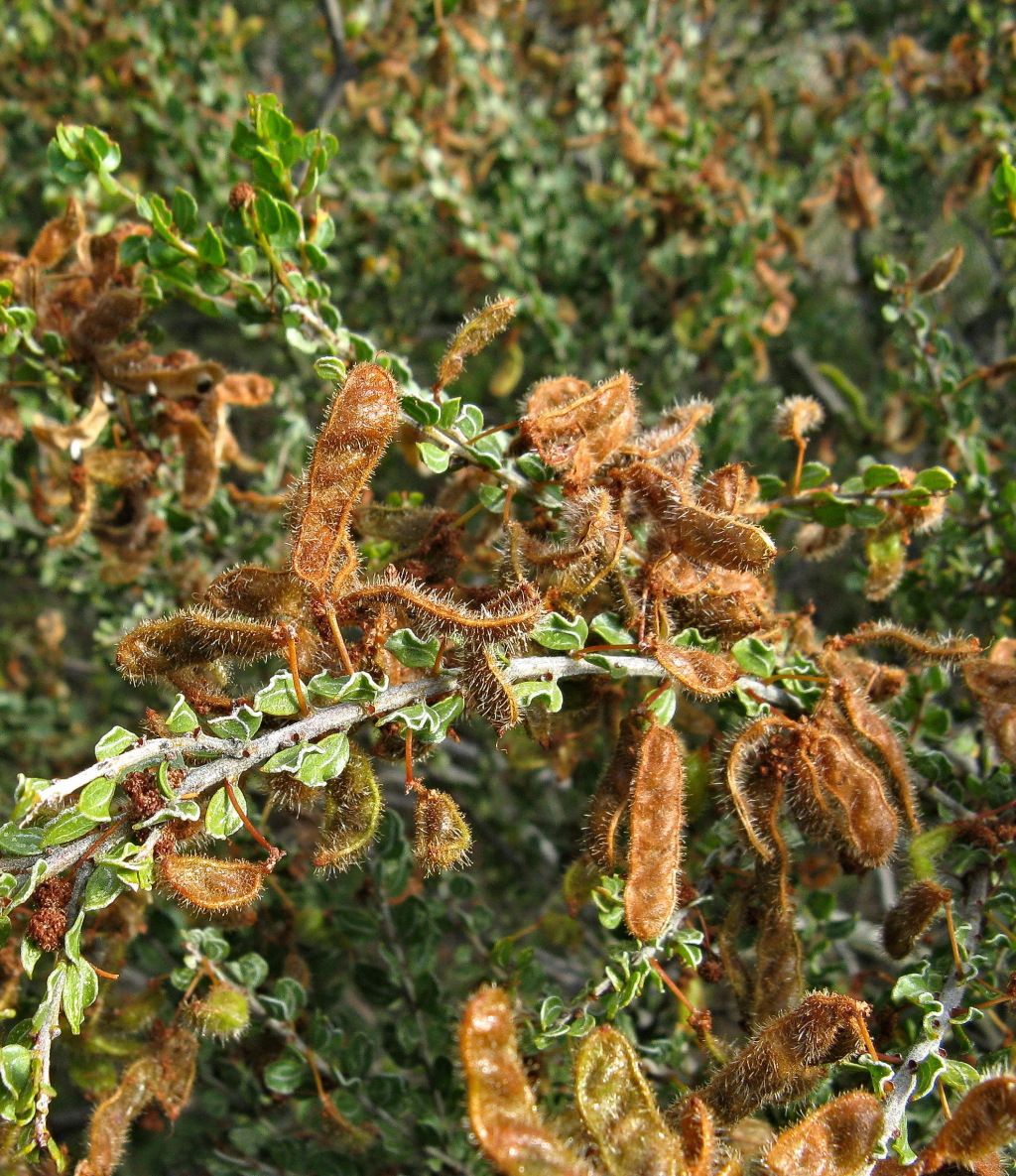Acacia glandulicarpa
Reader Hairy-pod WattleDense, spreading, somewhat viscid shrub, 1–2 m high; branchlets minutely pubescent. Phyllodes erect, on short stem projections, asymmetrically ovate to ovate-elliptic, adaxial margin more or less straight and parallel to branchlet, abaxial margin obviously convex and normally undulate, 0.5–1.3 cm long, 3–8 mm wide, glabrous; veins 2, midrib the more prominent, lateral veins few and obscure. Peduncles 1 or 2 per axil, 4–10 mm long, slender, glabrous, basal bract persistent; heads prolific, globular, 8–20-flowered, bright golden. Flowers 5-merous; sepals united. Pods narrowly oblong, to 3 cm long, c. 5 mm wide, thinly coriaceous, densely pilose with straight, slightly inflated, gland-tipped hairs; seeds oblique, oblong-elliptic, c. 3 mm long, slightly shiny, brown, aril curved over end of seed. Flowers Jul.–Oct.
LoM, MuM, Wim, VVP, GipP, HSF. Also SA. Restricted in Victoria to the far mid-west (Nhill-Dimboola area) where occurring in woodland and mallee communities.
The pods of Acacia aspera also have gland-tipped hairs but A. glandulicarpa differs from that species in having asymmetrically ovate to ovate-elliptic, 2-veined phyllodes, fewer flowers per head and smaller, obliquely oriented seeds. Acacia acinacea may have phyllodes similar to those of A. glandulicarpa but they have only 1 prominent vein and the pods of the 2 species are very different.
Entwisle, T.J.; Maslin, B.R.; Cowan, R.S.; Court, A.B. (1996). Mimosaceae. In: Walsh, N.G.; Entwisle, T.J., Flora of Victoria Vol. 3, Dicotyledons Winteraceae to Myrtaceae, pp. 585–658. Inkata Press, Melbourne.
 Spinning
Spinning

